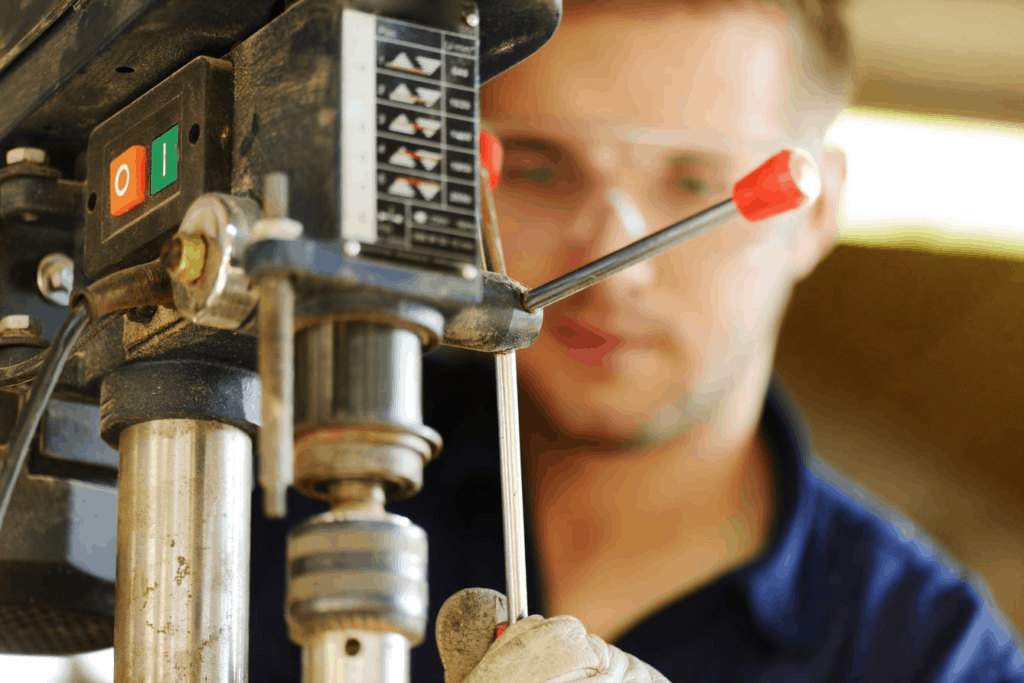How to Use Eddy Current for Hardness Testing

Many industries depend on hardness testing to ensure that products can stand up to wear and tear. As such, it’s critical for technicians to use equipment that can measure an asset’s ability to resist deformation. One of the best non-destructive testing (NDT) techniques for this application is eddy current testing (ECT).
In addition to using eddy current, technicians also need specialized devices to find irregularities on a mass scale. Additionally, the equipment must be tailored for hardness testing, with the ability to inspect a wide array of complex components. If analysts combine the eddy current technique with quality technology, they can use eddy current for hardness testing to paint an accurate picture of the asset’s design form.
What Type of Device Do I Need for Hardness Testing?
A multi-channel frequency inspection box is one of the best forms of eddy current testing equipment for hardness testing. With electrical conductivity and hardness testing parameters, multi-channel technology can foster a full asset profile. The multi-channel component can root out heat damage and other flaws on a single component. Complications like warped induction coils or improper heating cycles can cause hardness issues, in addition to pattern and casing problems.
With ECT, users can achieve a robust inspection on different points of the asset simultaneously, streamline the inspection campaign, and find more heat deformities in the process. This type of equipment can benefit industries such as manufacturing, automotive, aerospace, or medicine. Also, the technology can inspect simple or complex designs, including unconventional surfaces.
With efficient ECT equipment, asset owners can:
- Detect hardness flaws in real-time.
- Reduce scrap metal and costs.
- Isolate flawed products quickly.
Speed is paramount during the flaw-detection process, which is why technicians need equipment with an enhanced sampling rate. A sample rate in the milliseconds allows the device to keep pace with production speed and isolate hardness deviations faster.
Aside from quality detection schemes, ECT equipment is also designed to withstand harsh environments. For instance, efficient equipment should produce little heat, dispelling the need for external fans.
Why Should I Use the Eddy Current Testing Method?
The eddy current testing method is one of the best techniques to find surface and near-surface flaws caused by high temperatures. It’s also a step above other NDT methods like visual testing (VT). VT comes with several disadvantages, most notably the reliance of the naked eye to achieve a thorough inspection. Inspection with the human eye can lead to human error, resulting in overlooked aberrations.
In addition to missed defects, a VT inspection might:
- only detect surface flaws,
- misinterpret flaws,
- require destructive testing, and
- lead to wasted resources from the breaking down of materials.
With eddy current technology, technicians can rely on the device instead of the naked eye. A manufacturing process that produces hardened materials at rapid rates calls for a more robust solution like ECT.
Moreover, eddy current technology doesn’t require destructive testing, as the flowing currents reveal irregularities caused by inaccurate heat treatment. Eddy current testing is also among the cleanest NDT methods, with no need for messy testing schemes. Some other NDT techniques (i.e. liquid penetrant testing) require the use of chemicals that are dangerous to human health and may not lead to as accurate results as ECT.
Eddy Current for Hardness Testing
Eddy current for hardness testing calls for a solution that highlights irregularities on an assembly line. With eddy current, analysts don’t have to worry about destructive testing measures that waste materials. A hardness testing campaign should include sophisticated equipment that roots out abnormalities on a mass level.
With the right eddy current testing equipment, technicians can find flaws sooner and remove them from the assembly line, resulting in enhanced safety and productive operations.
Zetec is a major provider of eddy current equipment for material hardness testing. Contact us today to get more information on eddy current technology and a tailored inspection plan.

Zetec’s designers are industry-leading experts in ultrasonic and eddy current technologies, and we can help you navigate any of our NDT testing solutions or devices.
